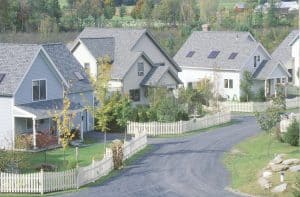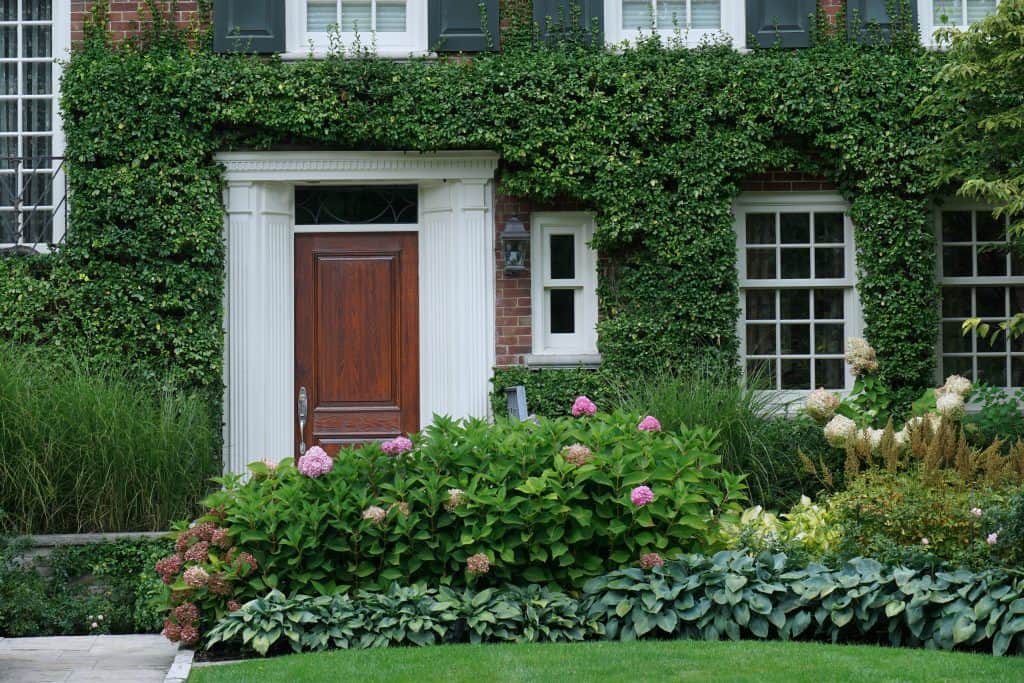What Might the Spring Housing Market Bring?
This year has been nonstop uncertainty. The coronavirus pandemic led to shutdowns and changes in everyone’s way of life. That’s continuing as we head into winter. Cities have been hard-hit not only in terms of public health but also economically.
There has been a move away from urban areas as many people are packing up to find homes with more space, less proximity to others, and perhaps more peace of mind.
Despite all of those factors, the housing market is one thing that’s had a consistently rosy picture this year. So, what do experts think next year will bring? Will that positivity hold steady, or are we in for a bust?
Rising Prices

The inventory has declined 39% year-over-year. There was a quick burst of new listings in August, but then it went down again shortly after.
Suburbs Reign Supreme
While places like New York City have managed to consistently keep their COVID case numbers low since they suffered a massive outbreak in spring, it might not be enough to bring people back to it and other densely populated urban areas.
Some feel that 2021 could see more of an exodus from urban areas to suburbs.
Some of the most popular places in 2020 have included Colorado Springs, CO; Reynoldsburg, OH; and Rochester, NY. Certainly not the places you think of when you think of a bustling real estate market.
Builder Confidence
Despite all of the headwinds and the seeming barrage of negative information, it does seem that there is optimism among many. Consumer confidence was high in September, and builder sentiment similarly seems to be at an all-time high.
Could There Be Downsides?
While there are some indicators of positivity, there are also possible negatives that could come into play. One is the fact that the unemployment rate is still high. If there are more localized rolling lock downs throughout the winter, that could go even higher. Some predict that foreclosures will rise in 2021.
Also, we might not have seen the worst of the unemployment yet. We don’t really know. Some companies tried to avoid layoffs and they were using federal funding like SBA loans and PPP loans to keep their businesses afloat. Now, in the absence of a new stimulus deal to this point, we don’t know if those businesses will have to succumb to financial pressure and start laying off employees.
Many are hopeful that following the election, whichever side wins will prioritize more government help and support going into 2021.
Some states have had moratoriums on rent as well, and that could lead to landlords being delinquent. This could be especially true in places like New York and possibly California.
When things are uncertain, or there’s a high-anxiety environment, there’s a tendency among consumers and would-be homebuyers to want to hoard their cash. Personal savings rates have gone up recently, surprisingly, but that means there may be less spending going on, particularly on bigger items like houses.
Finally, while there are some unnerving indicators, we do know with almost certainty that record-low mortgage rates will hold. The fed has signaled their intention to keep rates low for the foreseeable future.

